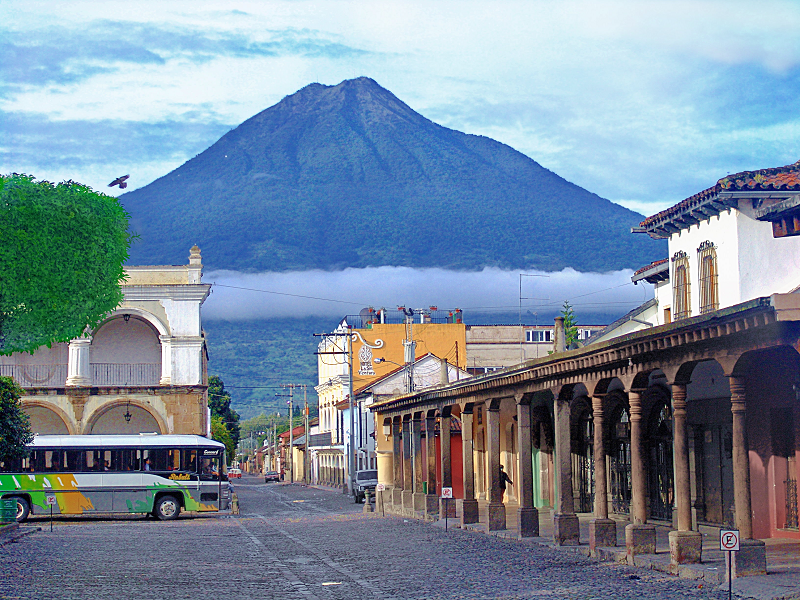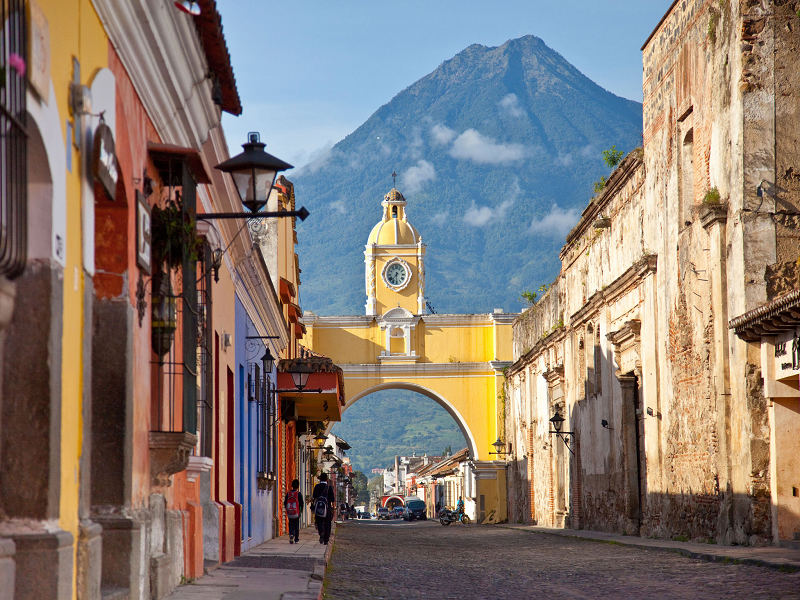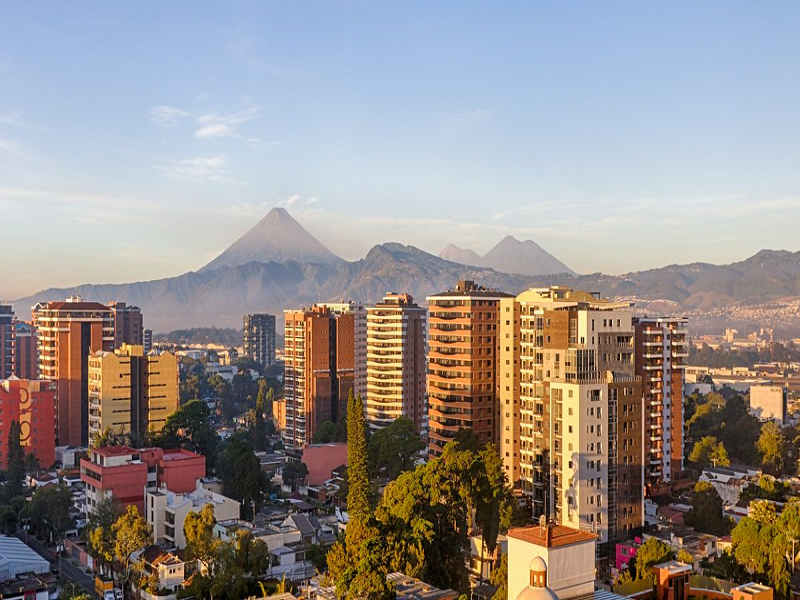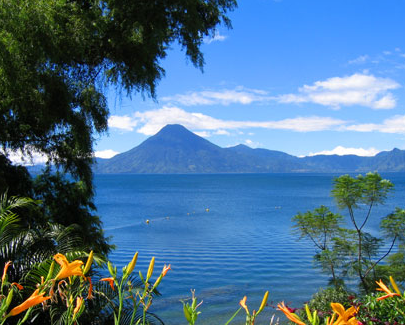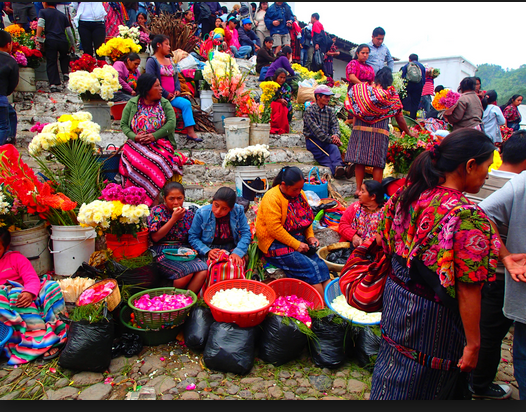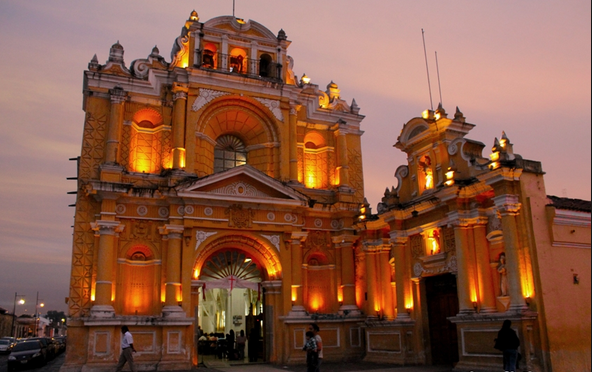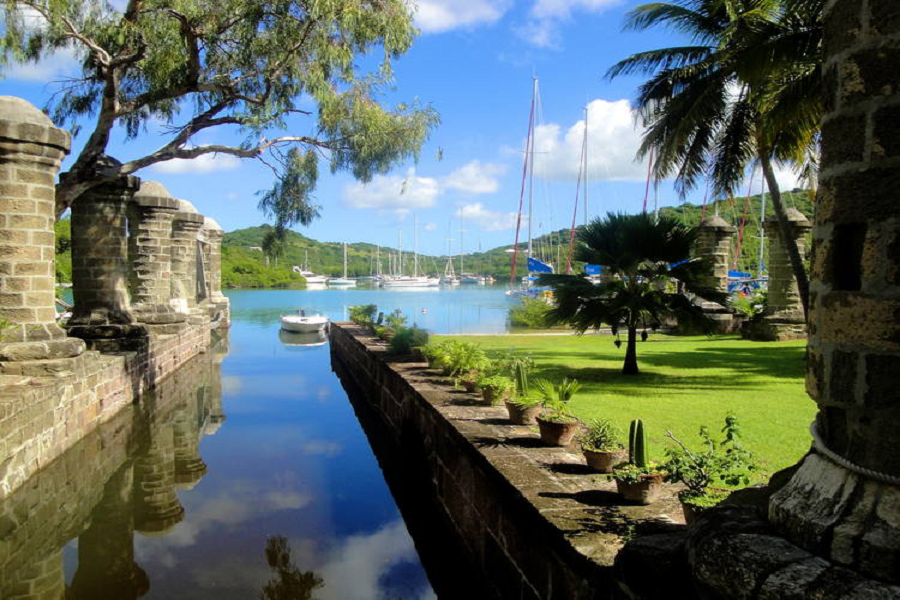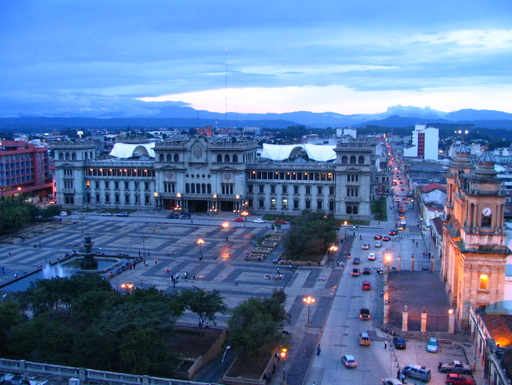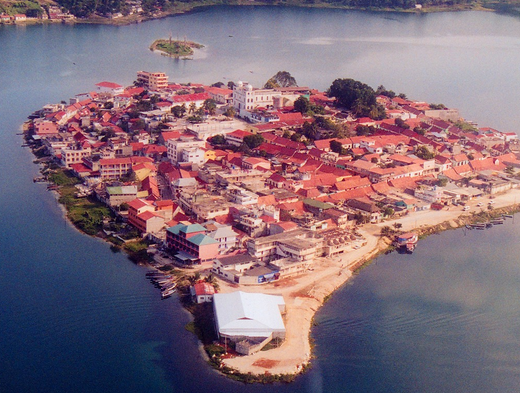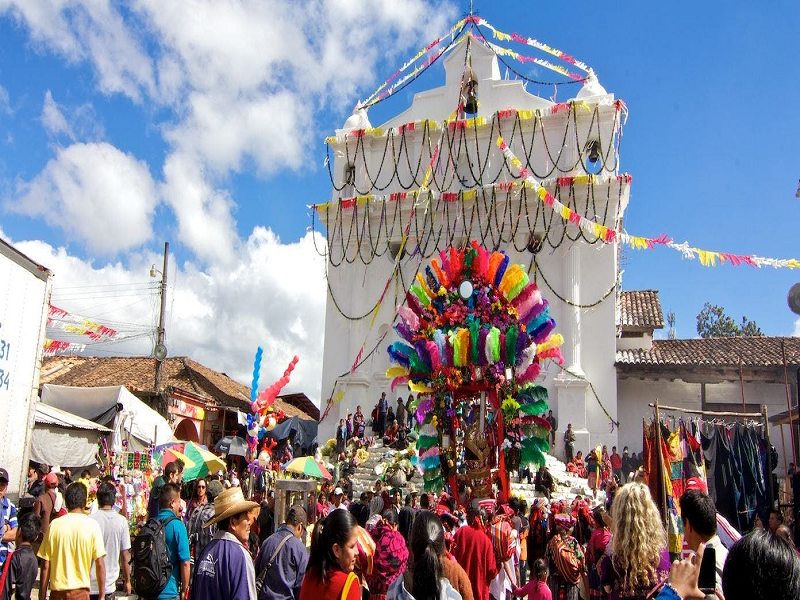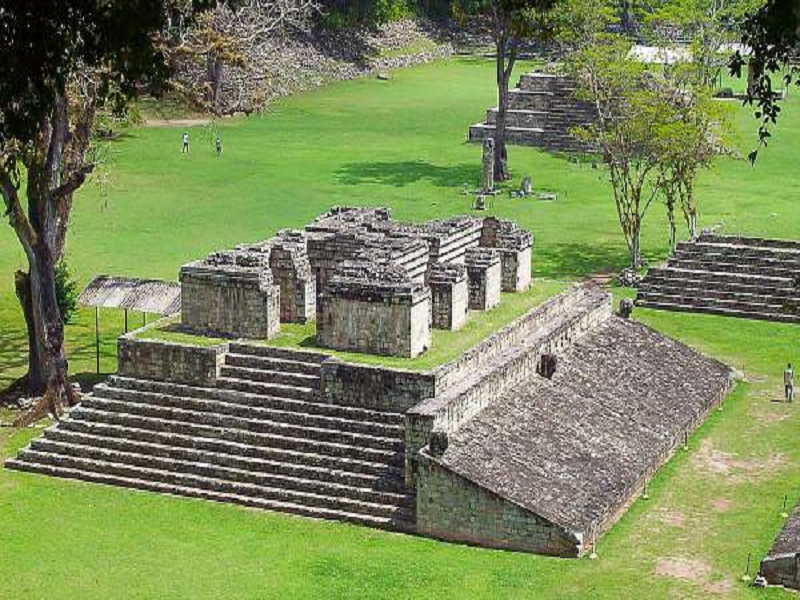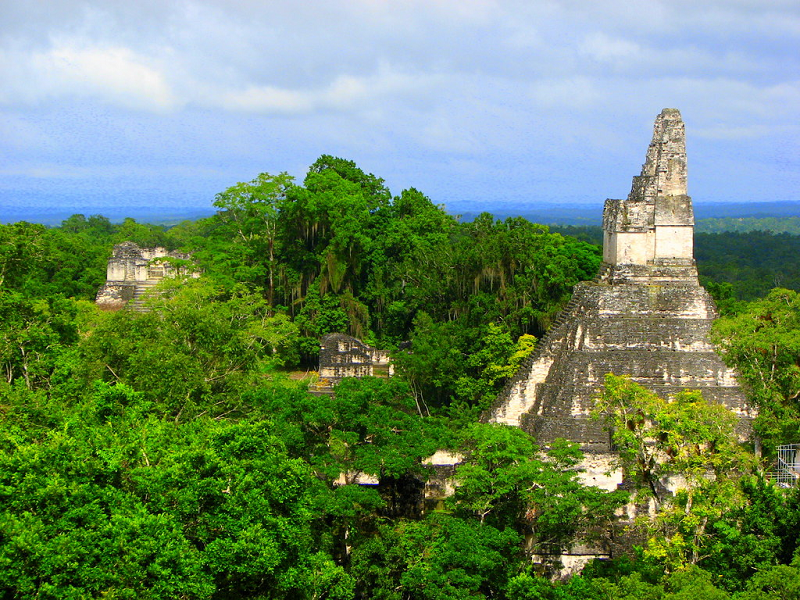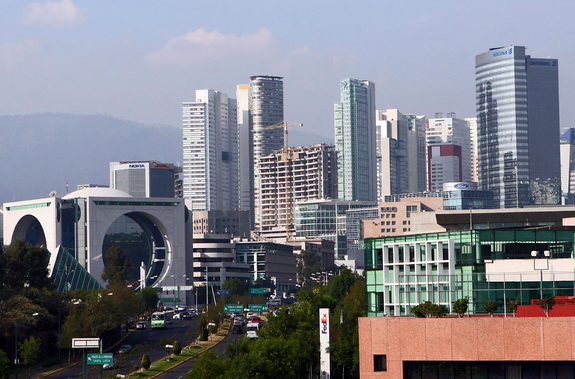REVIEW №1- Jaison Axis Tours
Dear Mr. Lucas and Ms. Anna,
I would like to express my sincere gratitude to both of you for the excellent support and coordination throughout my travel. Thank you for carefully planning the itinerary, selecting the best attractions, arranging knowledgeable tour guides, and ensuring that everything went smoothly without any delays or missed activities.
REVIEW №2- Jayesh S Rahalkar
Thank you very much for all the fantastic arrangements!
We really enjoyed the trip!
Looking forward for more such holidays!
REVIEW №3- Jyoti
Thank you for all the arrangements , we enjoyed the trip!
REVIEW №4- Shailesh
Thank you for the excellently arranged tour -we are very happy -all arrangements were excellent-
Thank you Farzana,Roni, Ada Tours
REVIEW №5- Gina Curacao
Hi, Ada a good week for you all.
Thanks a million to make my clients dream come true.
He also send it to me but i will also give him a call later on.
As soon as I have more clientS i will nor doubt to contact you.
Thanks again and a blessed week for all off you.
REVIEW №6- Kok
Buenas noches Viera. Antes que me comiense la semana de trabajo quisiera agradecerle por un tremendo tour que tume por Pero. Su paquete de tours fue muy personalisado para mis expectativas. Cada dia de la itinerario se cumplio como decrito. No tengo palabras para agradecer a todos los quías y taxístas que se me han asignado. Todos hicieron un buen trabajo y siempre a la hora indicada. Para una persona viajando solo eso trae tranquilidad. Los lugares que he visidado eran todos muy impresionantes. Con Cusco y los tours correspondientes los mas destacados. Me quede muy impresionado de la cultura Inca y la visita al Machu Picchu era una experiencia espiritual elevadora. El viaje de Arequipa a Nasca de 10 horas por bus era agotador. Llegue dormido a Nasca y me tuvieron que departar. Comprendo que para poder ver a el condor y también volar sobra el desierto de Nasca este viaje fue la mejor opción.
Los hoteles fueron perfectos. Mi favorita fue lq Britania Crystal Miraflores. Yo le daría 4.5 *. Yo recomendaria este tour a qualquiera que quira hacer el tour como yo lo hice. Espero que con las conecciones aerias directas proramadas entre Curacao i Lima ( comensando el fin de año) y con el nuevo aeropuerto international en Cusco en algunos años el turismo desde Curacao sea mas grande.
Una vez mas mil gracias por su atención personal para realizar mi sueno.
Mandare este mensaje también para Gina, mi contacto de A1 Travel para que sepa ella también que bien me la pase. Vere si puedo dar comentarios en TripAdvisor. ❤️
REVIEW №7- Marina Ryzhuk
Pavel, good afternoon!
My name is Marina Ryzhuk. A few weeks ago, our VIP group from St. Petersburg visited Rio with you. I believe you remember them well.
I’d like to thank you for your excellent work with our rather demanding guests. After the trip, they spoke very highly of your services. Our particularly important gentlemen especially appreciated your personal approach — you managed to find a special way to connect with them.
Through your tours, they were able to truly feel the city, which is absolutely priceless on such trips.
Thank you!
REVIEW №8- Eduard and Larisa
Dasha, good afternoon! The clients came back very satisfied. Absolutely thrilled with both the country and the service of Ada Tours.
A HUGE THANK YOU to you and Anya!!!!
Clients:
Eduard & Larisa
January 24 – February 2
REVIEW №9- Chubar
Anna, thank you very much on behalf of our tourists, the Chubar family, who visited in February.
They praised your excellent and well-organized work and were very pleased!
They said everything was as precise as with the Germans :)
REVIEW №10- Mikhail and Elena Leksikov
Good afternoon, we were in Rio de Janeiro March 15–17, 2020. Not for long, but it was very full of experiences.
The driver who met us at the airport, to our joy, spoke English and even a little Russian. He pointed out where we could walk and eat.
The next day we met Eleonora, a GUIDE and a Person with a capital P. We were lucky to visit Corcovado and see Brazil’s main symbol. Unfortunately, we couldn’t make it to Sugarloaf Mountain due to the coronavirus quarantine.
Instead of the canceled excursion, Eleonora gave us an impromptu city tour. She tells stories in an interesting way, knows a lot, but doesn’t overwhelm with facts, shows where the best photo spots are, and even took pictures herself. Thanks to her, we managed to get coffee and souvenirs—it turned out not so easy to find what we wanted.
She was very caring and concerned for us—even after we went to Búzios, she kept checking how we were, suggesting where to go and what to see and buy.
A very close-knit, friendly team, always ready to help.
REVIEW №11- Nikita, Saga Tour Operator
Good afternoon, Alexandra!
Thank you very much for the organization and support.
The tourist was very happy and said everything was top-notch :)
Paraty is definitely a place to recommend—it leaves no one indifferent. Porto Real is probably in the best spot on that coast.
Thank you!
Wishing you success in everything!
REVIEW №12- Natalia
Good morning, Anya! Thank you for organizing the tour for the Efimov family, for your human touch and for always being available 24/7 to help—this is priceless! The tourists are very happy, especially with the Amazon—they said two days was too little))) Wishing you grateful clients and prosperity in your business! Always in touch!
Natalia, Venera Tour
REVIEW №13- Nassir and Sholpan
Alexandra!
Our clients have returned, very satisfied.
They left a special review about the guide in Quito:
In Quito, we had a wonderful guide named David.
During our three-day visit to Quito, your guide David was with us. He made our stay in Quito rich, interesting, and unforgettable. Not only does he know a lot about the city, the country, and its nature, he is also a truly interesting person himself. Our three days were filled with conversations about everything. Our knowledge of Ecuador is now practically encyclopedic—we learned so much. And the most important part was that it all happened through engaging discussions.
We’d like to highlight his punctuality, his thoughtfulness, and his attention to detail. His advice on restaurants and places to walk during our free time was invaluable. We’ve met many guides—this is the 103rd country we’ve visited. We don’t always get so lucky with a guide, but David was exceptional. Thank you to him and to all of you!!!
THANK YOU FOR THE EXCELLENT ORGANIZATION.
REVIEW №14- Elena and Evgeny
Good afternoon! The excursion was wonderful! A special thanks to the guide! What an amazing man—we haven’t seen someone treat an excursion with such responsibility in a long time. It was simply a great pleasure to talk to such a smart, educated, and interesting person! He did everything and even more! Many thanks!!!
REVIEW №15- Dima and Ira
Hello! Here we are, back in snowy Russia after hot South America. So many emotions and impressions!
Pavel, HUGE THANKS for the amazing introduction to Rio! You are a true professional who loves your work and your country! We need more people like you—interesting and inspiring!
We hope to come back to Brazil and see you again.
And if fate ever brings you to Rostov-on-Don, I’d be happy to show you the city and/or help in any way I can.
REVIEW №16- Elena
Anna, good afternoon!
I want to thank you for taking care of our group. I’m very grateful to you for your quick response to all additional requests and wishes.
Please also thank the guide and driver who worked with the group.
REVIEW №17- Yulia
Good afternoon! We absolutely loved everything, the guide was adorable, the city was stunning, and yesterday’s show was a hit with everyone—even the kids! Everything was awesome!
REVIEW №18- Anna, Korona Travel
Good afternoon, Anya.
Many thanks for organizing the tour. Everyone really enjoyed it. The local team did a great job, responding to every request very quickly.
We were left with very pleasant impressions of the trip. Thanks again.
REVIEW №19- Sona, Map Travel (Armenia)
Hello dear Anya!
Thank you for the group – everyone was very happy and impressed. Even the most difficult ones :))))
Thanks,
Sona
REVIEW №20- Olga Karlsson
Anya, thank you so much for our group and all the work you’ve done!
We came back very happy – the hotels were good, transfers and assistance were of the highest level, everything precise and on time. Thank you!
In Rio, at the hotel, we were greeted with champagne!!! ????
The coordinators also sent us photos of the cars and staff who met us, which made it easy to find our way around. The buses were large, new, comfortable, clean, and always stocked with bottled water in the fridge.
Our escorts checked us in for the domestic flights and stayed with us right up until passport control!
Thank you for organizing the trip at such a high level!
REVIEW №21- Elena Yolife
Hello Anna!
Thank you so much for your work!
The tourists are happy!!!
We’ve come a long way together!
REVIEW №22- Alexandra Bulert
Good afternoon, Anna!
I have returned home after my trip through Brazil, Argentina, and Peru.
Thank you to you and your company for organizing the tour!!! Everything was wonderful!!!
REVIEW №23- Svetlana
Annushka! Thank you!
You really are amazing, and throughout the many years of our cooperation you’ve proven yourselves to be a very reliable partner with interesting, exciting, and insightful tours, and a professional team! I would award you and your company with a big SEAL OF QUALITY! From the heart, honestly! And Anyuta is simply the best of the best…!!!
REVIEW №24- Bodotravel
Hello Vita! On behalf of Bodotravel, I want to thank you for the wonderful tour with our group in January. The tourists were delighted with you and your work, and Natalia, the tour leader, was also very happy with everything. I’m glad we worked together! I hope you will also accompany our next groups.
Bodotravel!
REVIEW №25- Regina Savina
Good afternoon,
The agency wrote that the tourists returned happy – thank you for your work!
I would like to express my great gratitude for your efforts! The tourists have already come back and are very satisfied with the organization!!! It was also a great pleasure working with you – everything was clear, efficient, and to the point! Thank you once again!
Sincerely,
Regina Savina
REVIEW №26- Anastasia Badi
Dear colleagues, good afternoon!
I want to thank you for handling our group – a large and challenging one, with a very intense program – which you managed to organize and host at the highest level. Tremendous work – thank you so much, ladies!
Months of preparation, countless changes and additions – I know what it all cost us – but everything turned out perfectly. Thank you for your attention and patience.
For many tourists in the group – despite the number of countries they’ve already visited, practically the whole world – this trip became the best of them all!
That says a lot, and it was so nice to hear. I want to share this gratitude and pride in a job so well done with you!!!!
REVIEW №27- Alexandra Voitsekhovskaya
Hello, Anna!
My husband and I traveled around Brazil from April 24 to May 8.
We thank you for organizing the program.
We especially want to highlight the punctuality and attentiveness of the guides and drivers, as well as your quick responses to all the changes we requested. Thanks to you and your company, we have extraordinary impressions of Brazil.
If you need detailed feedback on the tour and hotels, just let me know. Thank you!
REVIEW №28- Vladislav Mikhalev
Good afternoon! We wanted to thank you for the wonderful guide Anna in Bogotá. We were very, very pleased with the excursion!
REVIEW №29- Marina
I want to thank you for the wonderful days we spent in Rio!
Pavel created an unforgettable program for us! I will definitely recommend him to my friends! He showed us Rio in all its glory!
I already want to come back again! I’m endlessly grateful to him! You have wonderful, warm-hearted staff! Thank you!
REVIEW №30- Adam M.
A poem dedicated to the Ada Tours guide!
In Rio, where sunlight meets golden skies,
Our guide Paulo greets us with kind, warm eyes.
He knows the whole city, where secrets lie deep,
And welcomes each guest with joy that’s sincere.
“Come on,” he says, “to Corcovado,
Christ calls you up to heaven’s shadow.
Then on to the beach, where waves beat the shore,
Copacabana invites us once more.”
Paulo will show us where samba resides,
Where Brazil’s true heartbeat endlessly thrives.
In favelas he sees not poverty, but life,
Where sparks of hope conquer struggle and strife.
With a smile, he leads us along every way,
Paulo’s our friend, our golden pathway.
A Brazilian guide, a master of wonder,
With him, Rio feels closer to heaven’s splendor.
This poem is from me, for you.
Author: Adam M.
REVIEW №31- Regina Savina
Hello!
We did it.
My clients came back very happy.
Special thanks to Alexandra from the local team – she was always there to help with any request.
The experience was incredible, they’re delighted.
Thank you, and Happy New Year in advance.
Sincerely,
Regina Savina
Tourism Manager, WEB
REVIEW №32- Ekaterina Dumbravanu
Good afternoon, Alexandra.
I want to thank you for organizing our vacation.
Our guides were simply outstanding – top class.
Pavel knows so much about Brazil and Rio in particular. He’s very easy to talk to, communicates effortlessly with people, is always learning something new, and gladly shares his knowledge. An excellent guide and a wonderful person.
And Tiago – we spent two days with him. He’s amazing. Even after 18 years of work, he hasn’t lost the ability to genuinely admire the beauty of the waterfalls. He still takes photos like it’s the first time.
With your guides, it’s never boring! Thank you once again!!!
REVIEW №33- Tatyana Yakubova
Hello, Alexandra.
I am sending you the full version of the tourists’ feedback:
We are publishing our review after our trip through Argentina–Uruguay–Brazil with my wife. It is always a pleasure to share emotions when they are entirely positive! We want to thank the entire Ada Tours team who helped us organize the perfect journey. From the very idea of the trip to its completion, you were always in touch with us, tailoring excursions and building the itinerary based on our requests, while also giving valuable advice and making all necessary adjustments. Everything exceeded our already high expectations – the trip was very rich and exciting! We recommend this route to everyone, especially when its organization can be entrusted to professionals☺️
We would especially like to thank you for selecting wonderful guides and drivers. At every stage, everything went like clockwork – we never missed a single thing, and the drivers were always extremely polite and pleasant.
Our journey began in Buenos Aires with a city tour. We visited the main square – Plaza de Mayo, cathedrals, and saw key architectural monuments from the Spanish colonial period, as well as the modern financial center. We explored the vibrant and colorful La Boca district and the main city ports. We were lucky with the weather, and the tour was fascinating. The guide advised us to visit several additional places, and we chose the Recoleta Cemetery, where many of Argentina’s most famous figures are buried. After the tour, we asked to be dropped off near the entrance and bought tickets. The only issue we faced was that we couldn’t pay in cash, but other visitors kindly helped us with the payment. The cemetery left a strong impression on us – we would definitely recommend it as a must-visit.
In the evening, we went to a tango show that exceeded all expectations. We watched authentic Argentine tango performed to live music, enjoyed Argentine wine, and saw other artists showcasing traditional instruments. The show was incredible and allowed us to truly experience the local culture.
The next morning we traveled by ferry to Montevideo. The journey was very comfortable; we would only recommend bringing snacks and an extra layer of clothing, as despite the heat, the ferry was air-conditioned and quite cool inside. We loved the city itself – we managed to see all the main sights and stroll along the coast. Midway through the tour, a wonderful lunch was arranged for us, followed by a light meal at the hotel.
After Montevideo, we continued as planned to Patagonia, where we spent just under three days. This place amazed us – it’s like nowhere else on Earth. From our hotel, we could see the vast Lake Argentino with its turquoise waters (sometimes flamingos can be seen there, though unfortunately we didn’t). The scenery of the Patagonian steppe and mountains will remain in our hearts for a long time. We took an excursion to the Perito Moreno Glacier – a unique wonder, truly beyond words. Probably the most powerful impression of the whole trip came from this glacier and the national park. It’s something everyone should witness with their own eyes.
After our mini-journey in Patagonia, we went on to Iguassu Falls, viewing them from both the Argentine and Brazilian sides. The sight was utterly unique and magical! Jungle, soaring eagles, butterflies, monkeys, and an endless chain of waterfalls stretching beyond sight. The park’s trails are very well maintained, with rest areas to escape the heat and humidity, and facilities everywhere.
The final stop of our trip was Brazil’s tourist capital – Rio de Janeiro. We visited the Christ the Redeemer statue, with its breathtaking views of the city, then spent time on Copacabana Beach, enjoying the Atlantic Ocean.
Overall, our journey was amazing and very full! And most importantly – as comfortable as possible, considering how vast the geography of our route was. Thank you!
Once again, thank you!
Sincerely,
General Director
TC “Russo Turisto”
Tatyana Yakubova
REVIEW №34- Dmitry
Good evening, Anna! We are flying to São Paulo, and from there the group heads to Moscow!
Many thanks! Everything on your side was done very well!
REVIEW №35- Dmitry Romanov
Dear Alexandra!
Thank you for organizing the trip for our important clients.
It was a real pleasure working with you, and I apologize for bombarding you with questions of varying importance. The thing is, when we were selecting a partner to handle this request, many of our colleagues who shared DMC contacts warned me that there would inevitably be problems, insisting that in Brazil no one could arrange a program without “mistakes.” Because of this, I was genuinely worried. And after receiving the first replies from other companies to my requests, I too started to believe that problems would definitely arise along the way. But that was only until I received your reply.
Everything was clear, to the point, and most importantly – your support on all matters. From nudging hotel concierges to answer my emails to recommending a restaurant in São Paulo. The clients really liked the restaurant – a special BIG THANK YOU for that recommendation!
The clients’ comments about the trip, verbatim: “We loved everything, the trip was pure joy. Especially São Paulo – it’s Paradise.”
Thank you so much for your help, your support, and simply for being in Brazil!
I’ll stay in touch and wish you a wonderful day!
Sincerely,
Dmitry Romanov
ARSANA TRAVEL BOUTIQUE
